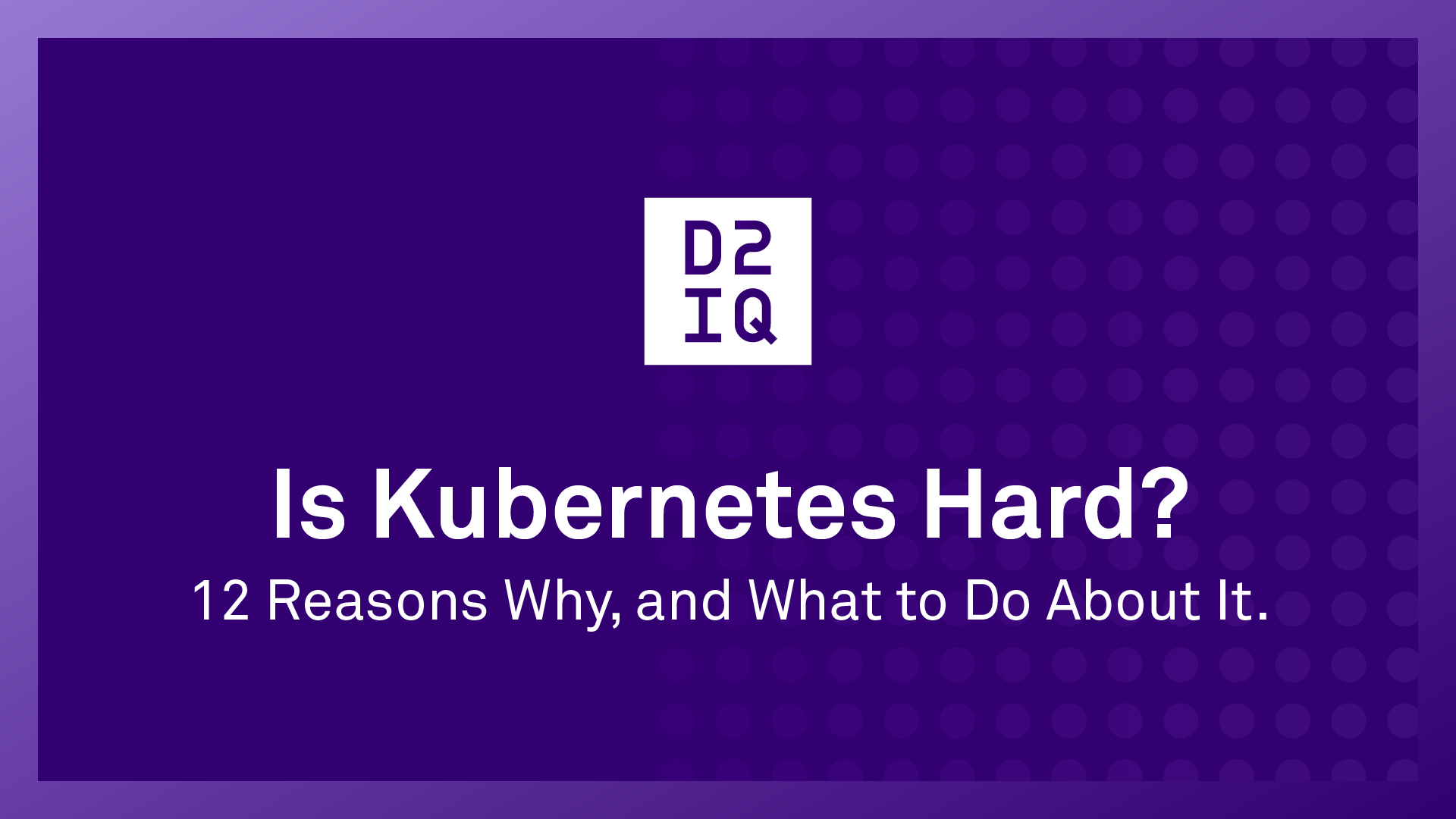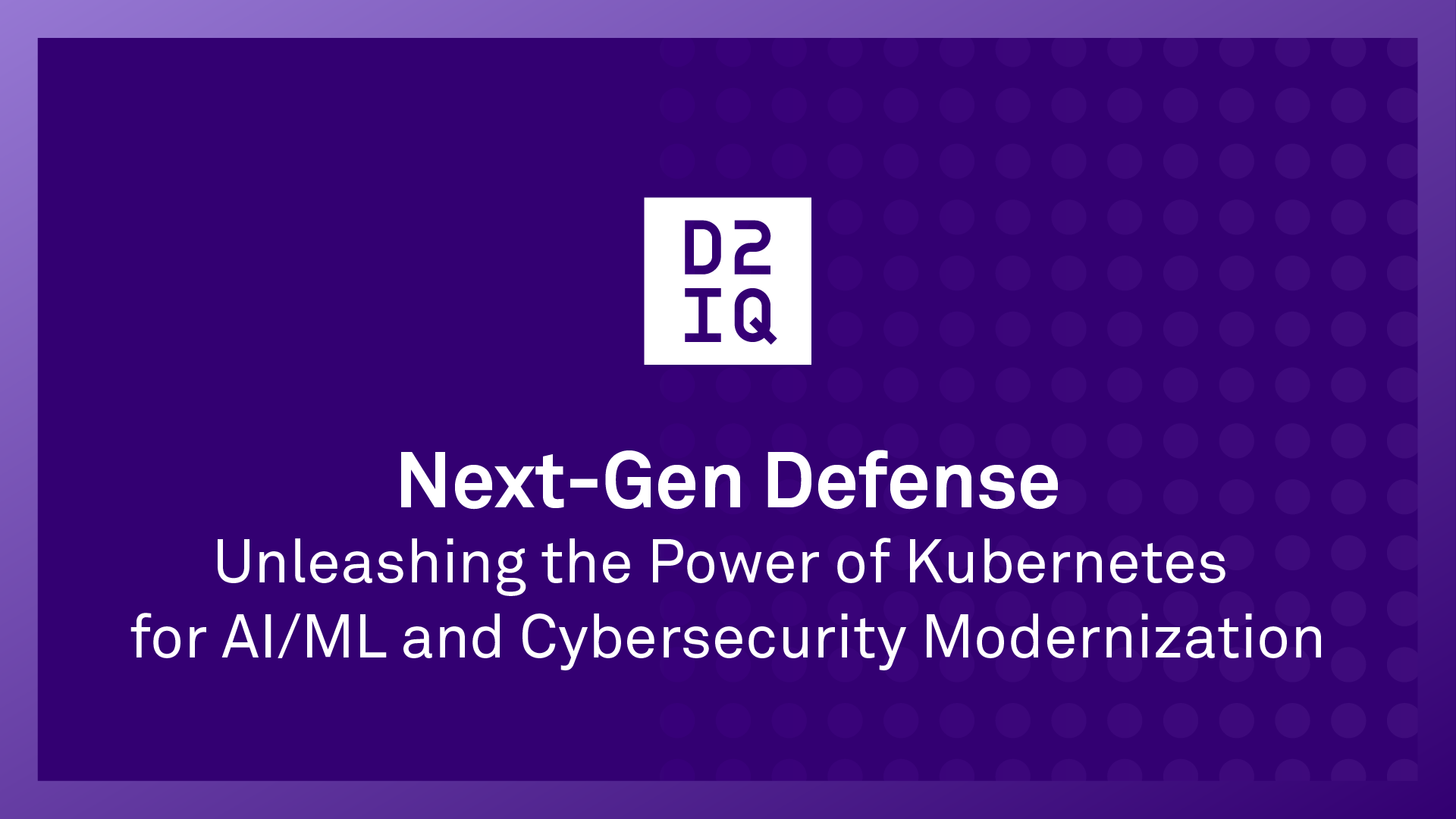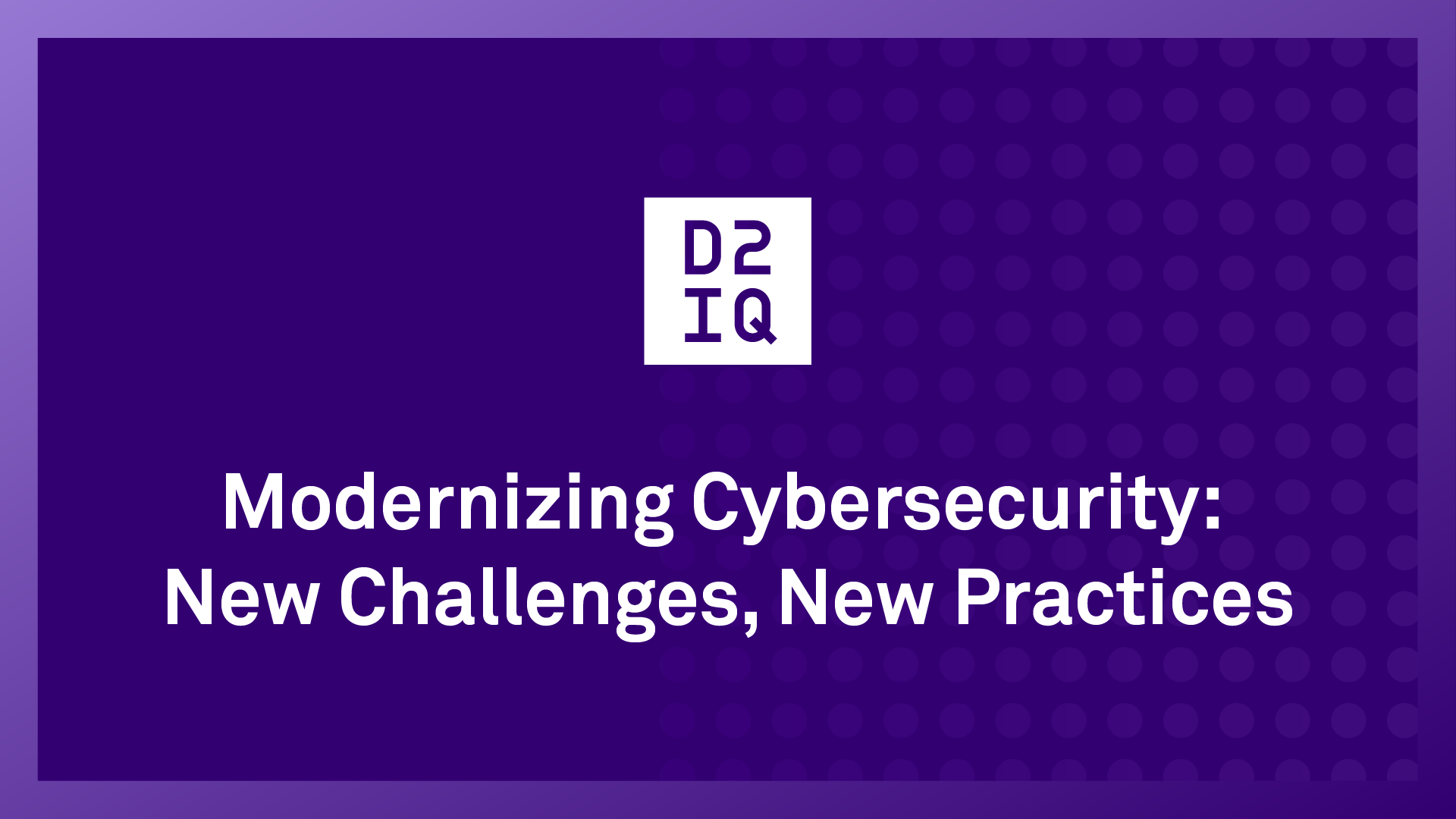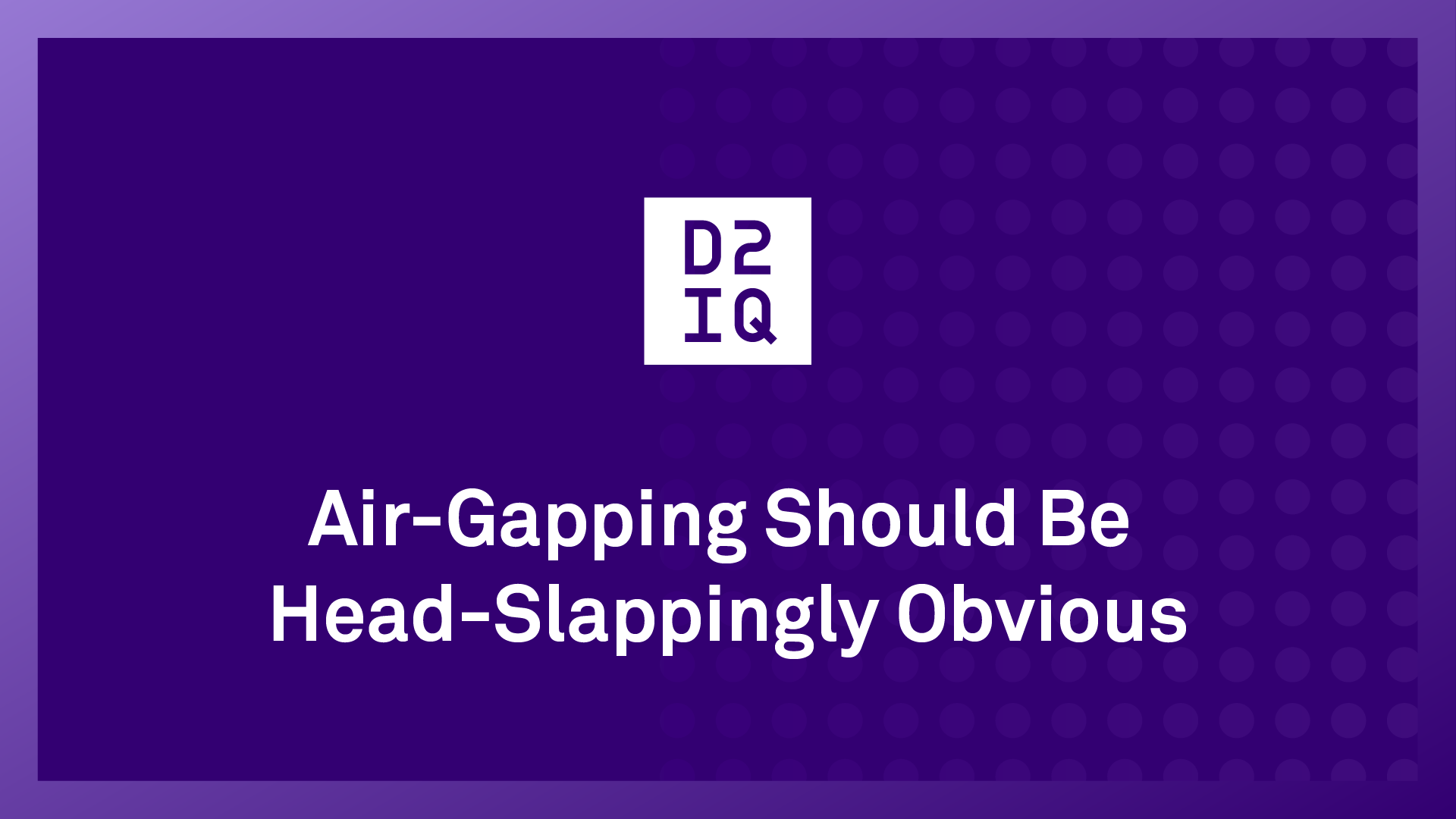Getting Kubernetes right is hard. If you’ve ever checked out Kelsey Hightower’s “Kubernetes the Hard Way,” you’ll know what we are talking about. Tell your family and friends you’ll see them sometime in the not-so-near future because Kubernetes will be consuming your life.
Although Kubernetes adoption is skyrocketing, not all deployments succeed, and the issues that cause deployments to fail can occur between Day 0 planning and Day 2 operation phases. Below are 12 common challenges organizations face when adopting Kubernetes.
1) Determining platform services needed for production
To start, organizations not only have to determine the base Kubernetes distribution to be used, they also must choose the supporting platform services—such as networking, security, observability, storage, and more—from an endless number of technology options. These services must be integrated and tested.
2) Choosing the right CNCF project add-on
Once you determine the platform services needed for production, how do you choose the right CNCF project to support those services? Unfortunately, many open-source technologies are in very early stages with low commercial adoption and support and were not built to ensure interoperability from the start.
3) Avoiding code abandonment
Oftentimes, developers abandon open-source projects because of a lack of time or when components and software no longer function. When a project is abandoned and you continue to use the CNCF project add-on, you no longer have an upgrade path or technical support, and are open to security risks.
4) Lack of external support
Beyond the significant cost of resources to deploy each open-source technology, you need the right technical support to operate and scale effectively. And, with many open-source solutions offering limited support options, the complexity of managing your environment can be a huge barrier to success.
5) Configuring a load balancer
The first requirement when deploying Kubernetes is configuring a load balancer. Without automation, admins must configure the load balancer manually on each pod that is hosting containers, which can be a very time-consuming process.
6) Managing resource constraints
Containerized applications enable you to use computing power efficiently. However, to use this capability, you need to know how to configure Kubernetes to request resources on each pod. Misconfiguring or skipping this step can result in failures and downtime.
7) Logging and monitoring
With hundreds of services and databases in play, it’s critical to have a centralized logging and monitoring system in place. However, this not only requires a lot of additional configuration and testing work, you still need to monitor any issues that arise to prevent them from occurring in the future.
8) Disaster recovery
To ensure the high availability of any application, it’s important that backups are maintained and the recovery is performed immediately. The self-healing capabilities of Kubernetes is one of its great features. However, backing up and restoring workloads when there are hundreds of containers can be extremely complicated and create more overhead for your teams.
9) Security
Securing Kubernetes can be a major challenge, especially when moving from a legacy application to a containerized cloud-native architecture. Securing Kubernetes access is crucial to meet compliance requirements and avoid data leaks, but clusters can be easily vulnerable to hackers without the proper security measures in place. The complexities involved in securing Kubernetes are detailed in the NSA Kubernetes hardening guidelines.
10) Policy enforcement
Although it’s become more common to enforce policies in Kubernetes deployments, a lack of skill sets, siloed departments, executive buy-in, and budget can hold back consistent enterprise-wide policy enforcement..
11) Service mesh
While service meshes like Istio can help manage deployment and provide security, you often can’t get details about what’s happening inside the service. And if you don’t own the code for a specific service, you lose centralized visibility.
12) Continuous Integration/Continuous Delivery (CI/CD)
Although enabling the development productivity of CI/CD is one of the biggest benefits of Kubernetes, one of the biggest challenges is deploying applications without degrading service quality and performance. Many teams run into deployment issues because of inadequate testing and configurations and environments that are not well-defined or maintained.
Avoid Common Kubernetes Challenges with D2iQ
Deploying Kubernetes in production at scale can be challenging, but what if you were able to push the Kubernetes easy button? Ease of use is the hallmark of the D2iQ Kubernetes Platform (DKP), which is the easiest enterprise-grade Kubernetes platform to deploy and manage. DKP customers have been able to be up and running in hours rather than months. Once up and running, DKP provides a single, centralized point of control to build, run, and manage containerized applications across any infrastructure, so you can avoid the 12 stumbling blocks detailed above and get to market faster and at a lower cost.
To learn more about how you can run Kubernetes in production the easy way, visit the the
d2iq.com website.
To see DKP in action, schedule a demo by visiting
https://d2iq.com/contact#demo










